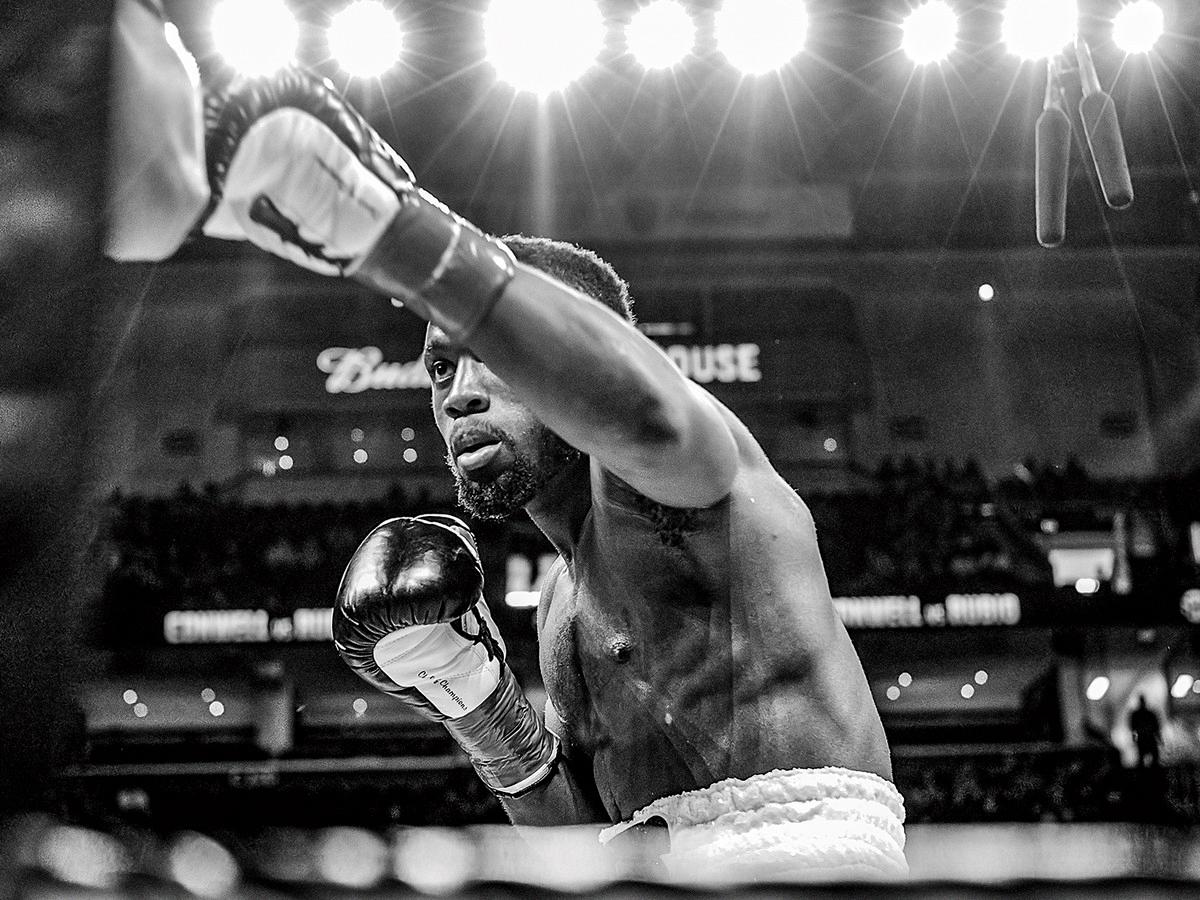Boxing, one of the oldest combat sports, has a rich history that dates back thousands of years. Its origins can be traced back to ancient civilizations such as Sumeria, Assyria, and Babylonia. Sumerian artifacts found in Iraq, originating from the 3rd millennium BCE, provide evidence of the earliest form of boxing. These relics depict scenes of men engaged in hand-to-hand combat, showcasing the early beginnings of this sport.
The sport of boxing as we know it today came to the United States from England in the late 1700s. It gained popularity in the 1800s, particularly in large urban areas such as Boston, New York City, and New Orleans. However, the roots of modern boxing can be found in 18th-century England, where bare-knuckle, no-holds-barred fighting was prevalent.
During this time, boxing matches were often brutal and lacked any formal rules. Men would engage in fights where they would use various techniques such as punching, gouging, choking, and even kicking to defeat their opponents. The allure of such spectacles quickly caught the attention of the smart money, who saw the commercial potential in staging these violent encounters.
The first recorded boxing match in Britain took place on 6th January 1681. Christopher Monck, the 2nd Duke of Albemarle and later Lieutenant Governor of Jamaica, organized a bout between his butler and his butcher. The prize went to the butcher, marking the beginning of recorded boxing history.
In its early stages, boxing lacked any formalized rules. Fighters would engage in bare-knuckle brawls where anything was fair game. However, as the sport grew in popularity, the need for regulations became evident. The introduction of rules and guidelines aimed to protect the fighters and ensure a fair competition.
Over time, boxing evolved into a more organized and regulated sport. The Marquess of Queensberry Rules, introduced in 1867, became the standard for modern boxing. These rules specified the use of gloves, defined the size of the ring, and outlined various fouls and penalties.
Today, boxing has become a global phenomenon, with professional and amateur competitions held worldwide. It has become a sport that requires discipline, skill, and strategy. Boxers train rigorously to develop their strength, agility, and technique, making it a highly demanding and respected sport.
Boxing has a long and fascinating history that stretches back thousands of years. From its origins in ancient civilizations to its modern-day incarnation as a regulated sport, boxing has captured the attention and admiration of people around the world. Its evolution and growth continue to shape the sport, making it a timeless and captivating form of combat.
Where Did Boxing Originally Come From?
Boxing has its origins in ancient civilizations, specifically in the region of Mesopotamia, which encompasses modern-day Iraq. The earliest evidence of boxing can be traced back to Sumerian artifacts dating back to the 3rd millennium BCE. These artifacts provide valuable insights into the ancient sport and its significance in the Sumerian culture.
Furthermore, boxing was also practiced in other Mesopotamian nations such as Assyria and Babylonia. These civilizations, which thrived in the region between the Tigris and Euphrates rivers, also left behind relics that depict the practice of boxing.
These ancient civilizations played a crucial role in shaping the early development of boxing as a sport and laid the foundation for its evolution over time.

Did Boxing Originate In America?
Boxing did not originate in America. The sport of boxing actually originated in England in the late 1700s. It was brought to the United States by British immigrants and began to gain popularity in the 1800s. Boxing took root in large urban areas such as Boston, New York City, and New Orleans, where it started to develop its own unique American style. However, it is important to note that the roots of boxing can be traced back even further to ancient civilizations such as the Greeks and Romans, who had their own forms of combat sports.
What Culture Made Boxing?
The culture that made boxing can be traced back to early 18th-century England. During this time, bare-knuckle fighting became increasingly popular in the rough and rowdy cities of England. This form of fighting was characterized by its no-holds-barred nature, where fighters were allowed to use any means necessary to defeat their opponents, including punching, gouging, choking, and kicking.
The rise of boxing as a sport can be attributed to the commercial potential that was recognized by those in power. They saw the spectacle of men engaging in brutal fights as a lucrative opportunity. This led to the organization of organized boxing matches, where spectators would gather to watch these fights unfold.
Over time, boxing evolved and became more regulated. Rules were established to govern the sport, ensuring the safety of the fighters and providing a fair competition. The Marquess of Queensberry rules, introduced in the 19th century, played a crucial role in shaping modern boxing. These rules, which included the use of gloves, defined ring dimensions, and prohibited certain dangerous tactics, helped transform boxing into a more structured and regulated sport.
Boxing’s cultural significance also extended beyond England. It spread to other countries through colonization, trade, and migration. Different regions and communities adopted their own variations of the sport, incorporating their own cultural influences and traditions.
Boxing was born out of the culture of early 18th-century England, where bare-knuckle fighting gained popularity. The commercial potential of this brutal spectacle led to the organization of organized boxing matches, eventually leading to the establishment of rules and regulations. Boxing’s cultural impact extended globally, with different regions and communities adopting and adapting the sport to their own cultural contexts.
When Was The Boxing Invented?
Boxing, as a form of combat sport, can be traced back to ancient civilizations. While the exact origins of boxing are difficult to determine, evidence suggests that it has been practiced for thousands of years. Here is a detailed overview of the history of boxing:
1. Ancient Origins:
– Boxing-like contests can be traced back to ancient civilizations such as Egypt, Greece, and Rome.
– In ancient Egypt, depictions of boxing can be found on walls of tombs dating back to around 3000 BC.
– The ancient Greeks introduced boxing as an official Olympic sport in the 7th century BC.
– Roman boxing, known as “pugilatus,” was a popular form of entertainment during the Roman Empire.
2. Evolution in Medieval Times:
– Boxing continued to evolve during the Middle Ages, often taking various forms in different regions.
– In Europe, boxing-like contests were common in the 12th and 13th centuries, known as “bare-knuckle” or “fist fighting.”
– These matches were often brutal and lacked formal rules or regulations.
3. Development of Modern Boxing:
– The concept of modern boxing, with defined rules and regulations, emerged in the 18th and 19th centuries.
– England played a significant role in the development of modern boxing.
– In the 17th century, boxing matches were held as entertainment for the upper class, but rules were not standardized.
– The first recorded boxing match in Britain took place on 6th January 1681 between the butler and the butcher of Christopher Monck, 2nd Duke of Albemarle.
– It was not until the 19th century that formal rules and regulations were established to govern boxing matches.
4. The Marquess of Queensberry Rules:
– The Marquess of Queensberry rules, developed in the mid-19th century, standardized modern boxing.
– These rules, named after John Douglas, 9th Marquess of Queensberry, introduced gloves, weight divisions, and three-minute rounds.
– The adoption of these rules helped make boxing safer and more structured.
5. Boxing as a Competitive Sport:
– Boxing gained popularity as a competitive sport in the late 19th and early 20th centuries.
– The introduction of weight divisions and the establishment of boxing organizations, such as the World Boxing Association (WBA) and the International Boxing Federation (IBF), further organized the sport.
While the exact origins of boxing are ancient and varied, the modern form of the sport emerged in the 18th and 19th centuries, with the development of formal rules and regulations.

Conclusion
Boxing has a rich and ancient history that dates back thousands of years. Its origins can be traced back to Sumerian artifacts found in Iraq, with similar relics discovered in Assyria and Babylonia. However, boxing as we know it today began to take shape in 18th-century England, with the rise of bare-knuckle, no-holds-barred fighting. This brutal sport quickly gained popularity, and entrepreneurs saw the potential for commercial success in staging these spectacles.
Over time, boxing evolved and developed rules and regulations. The first recorded boxing match in Britain took place in 1681, organized by the Duke of Albemarle, between his butler and butcher. In the early days, there were no written rules, and fighters engaged in a wide range of techniques, including punching, gouging, choking, and kicking.
As the sport grew in popularity, it made its way to the United States from England in the late 1700s. It found fertile ground in cities like Boston, New York City, and New Orleans, where it thrived and became a significant part of urban culture.
Boxing continues to captivate audiences around the world today. It has undergone significant transformations, with the introduction of gloves, weight divisions, and regulated rounds. The sport has also faced criticism due to its violent nature, but it remains a testament to human endurance, skill, and the competitive spirit.
Boxing is a sport with a long and storied history, originating in ancient civilizations and evolving into the regulated and respected sport we know today. Its journey from bare-knuckle brawls to modern-day boxing matches is a testament to its enduring appeal and ability to entertain and captivate audiences.
